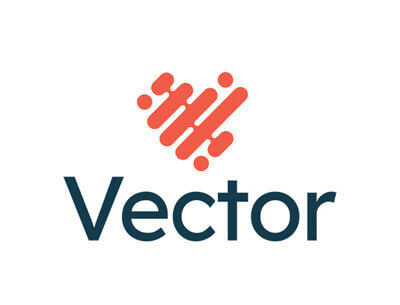Five Steps to Improve Your Remote Cardiac Monitoring Program
Strengthening your program helps you achieve better clinical and financial outcomes.
Remote monitoring of cardiac devices reduces hospital admissions and time to treatment for heart disease patients. Despite these benefits, many cardiology practices are challenged with taking full advantage of this life-saving technology. Our survey of more than 110 U.S. cardiology practices found that many practices only have about 40-45 percent of their eligible patients connected and regularly monitored – about half of the ideal connectivity rate.
Cardiac device clinic staff struggle with the excessive administrative work of remote cardiac monitoring (RCM), leading to high turnover. Many staff also lack the training necessary to create workflows to help these programs improve clinical response time and reimbursement.
READ THE REPORT: Struggling to Connect: The State of Remote Cardiac Monitoring.
Five Steps to More Effective RCM
Follow these five steps to improve your remote cardiac monitoring program:
1. Establish clear goals. Develop clear, measurable and attainable program goals rooted in the Quadruple Aim: improving patient experience, population health, and provider satisfaction, while reducing per capita healthcare costs. Your goals should drive a strategic implementation plan shaped by the appropriate team members in your practice. Collaboration across clinical, financial, operational and technology roles ensures appropriate resources are available and establishes transparent lines of communication.
2. Put the right people in the right role with the right preparation. If you don’t engage your staff in roles that match their qualifications, you may wind up with poor patient enrollment, staff burnout and high turnover. To avoid these problems, clearly define the team roles and responsibilities in your RCM program.
Train your clinical, administrative, and financial staff. Your clinical staff aren’t the only ones who need regular training. Administrative staff – responsible for patient enrollment and education, device setup and connectivity – need to understand the devices, software and data flows. Financial staff need to understand coding/billing rules and keep up with changing requirements.
RCM vendors reduce the administrative and data management burden, freeing your practice staff to concentrate on providing care.
3. Use technology to automate workflows. Automated workflows deliver the right patient data to the right provider at the right time. Automation limits variability, increases efficiency and maximizes reimbursement. To set up your remote cardiac monitoring process, identify administrative, clinical and financial tasks and protocols – such as device setup and connectivity, criteria and thresholds for device alerts and patient episodes, and appropriate CPT codes. Whenever possible, assign non-clinical tasks to non-clinical staff. Periodically review your processes and protocols against program goals to assess and continually improve the quality of care delivery.
4. Use remote monitoring software to replace manual processes and automate your workflow and data management. Choose software that generates concise, actionable device reports, while providing timely notifications to patients, clinic staff and providers. Delays in receiving alerts, or reports that are not shared with the appropriate provider, will negatively impact patient care.
HIPAA-compliant RCM software should integrate with your EHR, putting reports in the context of care and improving billing and practice management. Reassess your remote monitoring software frequently to ensure you’re keeping up with best practices and the latest technology innovations.
5. Expand your RCM program. According to our survey, many cardiology practices are not taking advantage of remote monitoring for heart failure management. Only sixty-eight percent of respondents are monitoring for heart failure. To improve clinical outcomes, use cardiac implantable electronic device (CIED) monitoring to manage heart failure as well as cardiac arrhythmias.
A properly staffed RCM program, with clear goals, automated workflows and advanced remote monitoring software, can help you improve clinical and financial outcomes. Partnering with a vendor, who provides comprehensive remote monitoring solutions reduces the administrative burden so you can focus on patient care. To take the next steps in improving your Remote Cardiac Monitoring Program, read our white paper: Path to Value: Remote Cardiac Monitoring Supports the Journey to Value-Based Care.
Author:
Clinical Staff Writer
